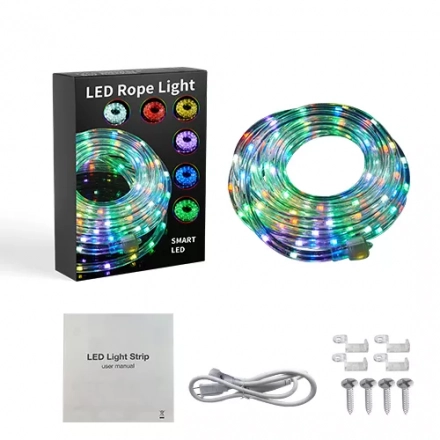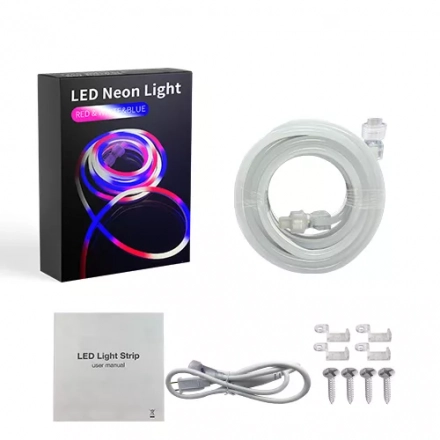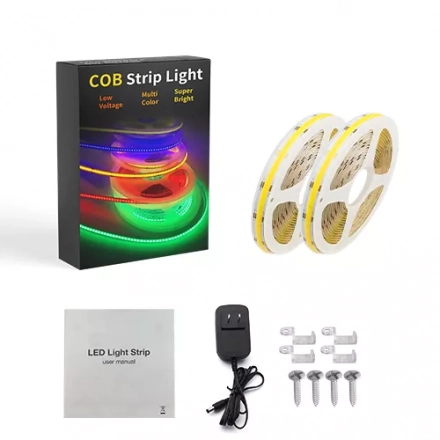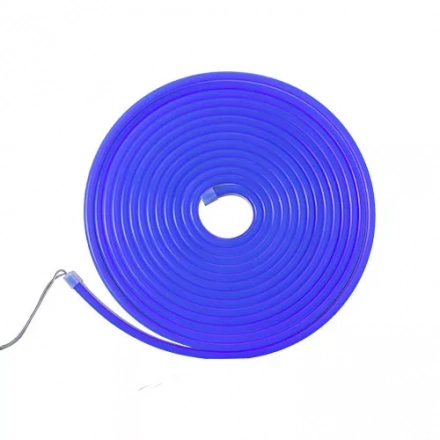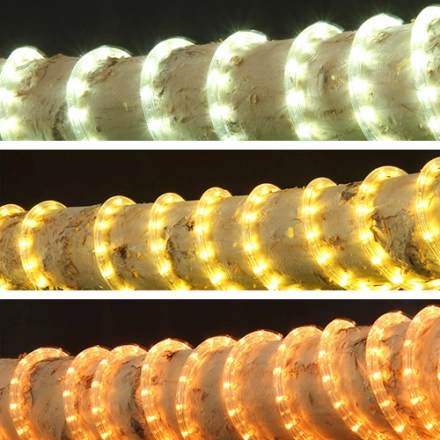An Objective Analysis of the Potential of "Best LED Strip Lights" in the Neon Flexible Strip Light Market
The lighting industry has witnessed significant advancements in recent years, with LED technology at the forefront of innovation. One particular area of interest is neon flexible strip lights, which have gained popularity for their vibrant and eye-catching illumination. In this article, we delve into the possibilities offered by "best LED strip lights" in the context of neon flexible strip lighting, examining their features, benefits, and potential limitations.
LED Strip Lights: Features and Advantages:
LED strip lights have emerged as a versatile and energy-efficient alternative to traditional neon lighting. They come with numerous features that make them an attractive option for various applications. Firstly, LED strip lights are highly flexible, allowing for easy installation on curved surfaces and intricate designs. This flexibility opens up a wide range of creative possibilities for designers and architects.
Moreover, LED strip lights offer a broad spectrum of colors and customizable options, enabling users to create dynamic lighting effects and achieve specific ambiance. This versatility is particularly advantageous in the neon flexible strip light market, where vivid colors and captivating illumination are essential.
Additionally, LED strip lights have a longer lifespan compared to traditional neon lights, reducing maintenance and replacement costs. Their energy efficiency translates into reduced electricity consumption, making them an environmentally friendly choice. LED strip lights also generate less heat, enhancing safety and minimizing the risk of fire hazards.
Limitations and Considerations:
While LED strip lights present numerous benefits, there are certain limitations to consider in the context of neon flexible strip lighting. One aspect is the potential difficulty in replicating the distinctive glow and visual impact of traditional neon lights. Neon lights possess a unique warm glow that is challenging to reproduce with LED technology. However, advancements in LED technology have resulted in the development of bulbs that closely mimic the visual characteristics of neon lights.
Another consideration is the initial cost of LED strip lights. While LED technology has become more affordable in recent years, high-quality LED strip lights with advanced features may still come with a higher price tag compared to traditional neon lights. However, the long-term savings in energy consumption and maintenance costs can offset this initial investment.
Conclusion:
The potential of "best LED strip lights" in the neon flexible strip light market is significant. Their flexibility, customizable options, energy efficiency, and extended lifespan make them a compelling choice for designers, architects, and individuals seeking dynamic and visually appealing lighting solutions. Although there are challenges in replicating the distinct visual characteristics of traditional neon lights, advancements in LED technology continue to bridge this gap. As the lighting industry evolves, LED strip lights are poised to revolutionize the neon flexible strip light market, offering innovative and sustainable lighting solutions for various applications.

